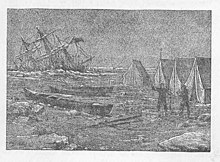
George Washington De Long was a United States Navy officer and explorer who led the ill-fated Jeannette expedition of 1879–1881, in search of the Open Polar Sea.

Donald MacNeil Fairfax was an officer in the United States Navy during the American Civil War.
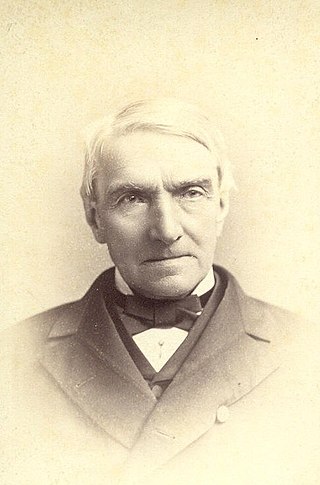
John Light Atlee was an American physician and surgeon. He was one of the organizers of the American Medical Association, also serving as its president.
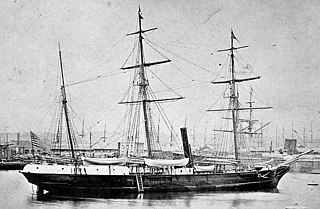
USSJeannette was a naval exploration vessel which, commanded by George W. De Long, undertook the Jeannette expedition of 1879–1881 to the Arctic. After being trapped in the ice and drifting for almost two years, the ship and her crew of 33 were released from the ice, then trapped again, crushed and sunk some 300 nautical miles north of the Siberian coast. The entire crew survived the sinking, but eight died while sailing towards land in a small cutter. The others reached Siberia, but 12 subsequently perished in the Lena Delta, including De Long.

George Wallace Melville was a United States Navy officer, engineer and Arctic explorer.

William Maxwell Wood was an officer and surgeon in the United States Navy in the middle 19th century. He became the First Surgeon General of the U.S. Navy in 1871, with the equivalent rank of commodore. He rose to president of the examining board in 1868 and chief of the U.S. Navy Bureau of Medicine and Surgery in 1870 following his service in the American Civil War as Fleet Surgeon of the North Atlantic Blockading Squadron aboard the USS Minnesota and Medical Officer of the James River Flotilla, participating in several famous Naval battles, and establishing temporary hospitals as needed during the Civil War.

John Wilson Danenhower was a United States Navy officer best known for his participation in the Jeannette expedition.
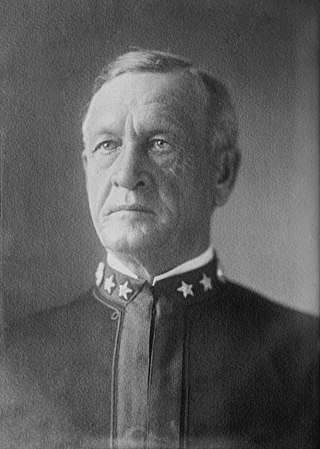
Uriel Sebree was a career officer in the United States Navy. He entered the Naval Academy during the Civil War and served until 1910, retiring as a rear admiral. He is best remembered for his two expeditions into the Arctic and for serving as acting governor of American Samoa. He was also commander-in-chief of the Pacific Fleet.

Markham is a small unincorporated village in Fauquier County, Virginia along State Route 55 and off Interstate 66. It is home to Naked Mountain Vineyard, its own post office, and the ZIP Code of 22643. The former Manassas Gap Railway runs through the community.
Virginia Randolph Cary was an American writer. She was the author of Letters on Female Character, Addressed to a Young Lady, on the Death of Her Mother (1828), an influential advice book.

Giles Bates Harber was a rear admiral of the United States Navy and one-time Commander-in-Chief of the United States Pacific Fleet. He was born and died in Youngstown, Ohio. Harber, called a "Naval Hero" by The New York Times, was best known as for leading the rescue expedition for the USS Jeannette off of Siberia and the return of the body of her captain. He was also decorated by Congress for his role in the Spanish–American War.
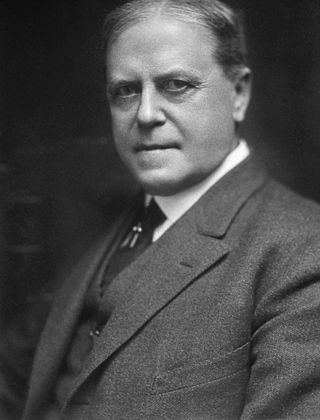
Roswell Park was an American physician and cancer researcher, best known for starting Gratwick Research Laboratory in 1898, which is now known as Roswell Park Comprehensive Cancer Center.
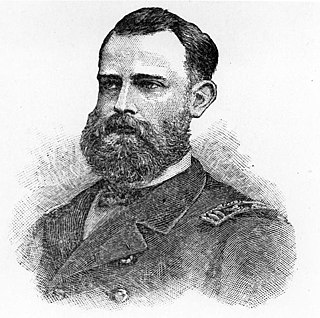
Charles Winans Chipp was a United States Navy officer and explorer.

James Allen Zimble was a commissioned officer in the Medical Corps of the United States Navy. His Navy career spanned 35 years of service, beginning in 1956 at the rank of ensign and ending in 1991 at the rank of vice admiral. He served as the 30th Surgeon General of the United States Navy from 1987 to 1991. After retiring from the Navy in 1991, Zimble was appointed President of the Uniformed Services University of the Health Sciences in Bethesda, Maryland. He remained in that position until 2004.

The Jeannette Monument is the largest monument in the United States Naval Academy Cemetery. It memorializes the 1881 loss of USS Jeannette while exploring the Arctic ice. Jeannette, with a crew of 33, collapsed and sank under surging ice in the summer of 1881. Her crew, commanded by George W. DeLong, took to the ice dragging three small boats. When open water was found, the boats were used to sail to the Lena Delta of Siberia, 700 miles distant. DeLong commanded a boat of 14 total crew members, Executive Officer Charles W. Chipp's boat's crew was 8 total crew members, and Engineer Officer George W. Melville's boat had 11. Chipp's boat was lost at sea with all hands. Engineer Melville's boat landed in the southern delta, and DeLong's boat came ashore farther to the north on 17 September 1881. Melville quickly found aid, as did the two hardiest sailors of DeLong's crew soon after. The 12 remaining, including DeLong, perished from starvation or exposure. Thus 20 of the original 33 did not survive the expedition.

The Jeannetteexpedition of 1879–1881, officially called the U.S. Arctic Expedition, was an attempt led by George W. De Long to reach the North Pole by pioneering a route from the Pacific Ocean through the Bering Strait. The premise was that a temperate current, the Kuro Siwo, flowed northwards into the strait, providing a gateway to the hypothesized Open Polar Sea and thus to the pole.
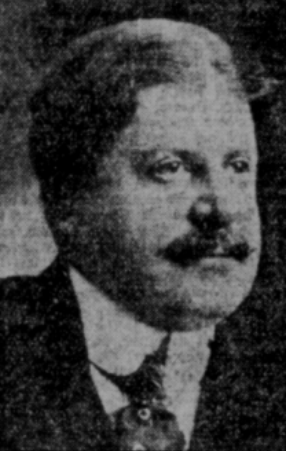
William Lee Howard (1860-1918) was an American physician and writer.
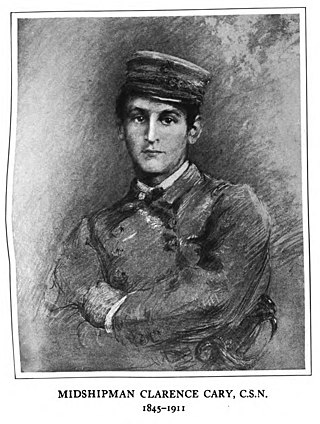
Clarence Cary was an American lawyer who was prominent in New York society during the Gilded Age.
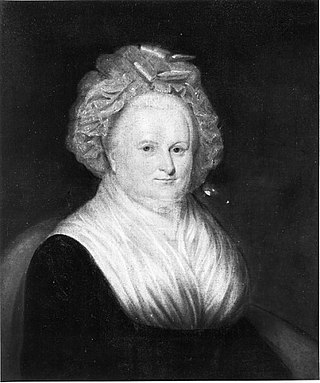
Mary Cary Ambler was an early American diarist. Her 1770 diary provides an early account of smallpox inoculation in colonial America.
Elizabeth Jaquelin Ambler Brent Carrington also known as Betsy Ambler Carrington founded the Female Humane Association in Richmond, Virginia. It is now known as the Memorial Foundation for Children. Believed to be the first of its kind in Virginia, the organization provided safety and shelter to destitute girls and kept they from a life of poverty and the possibility of becoming prostitutes to survive.

